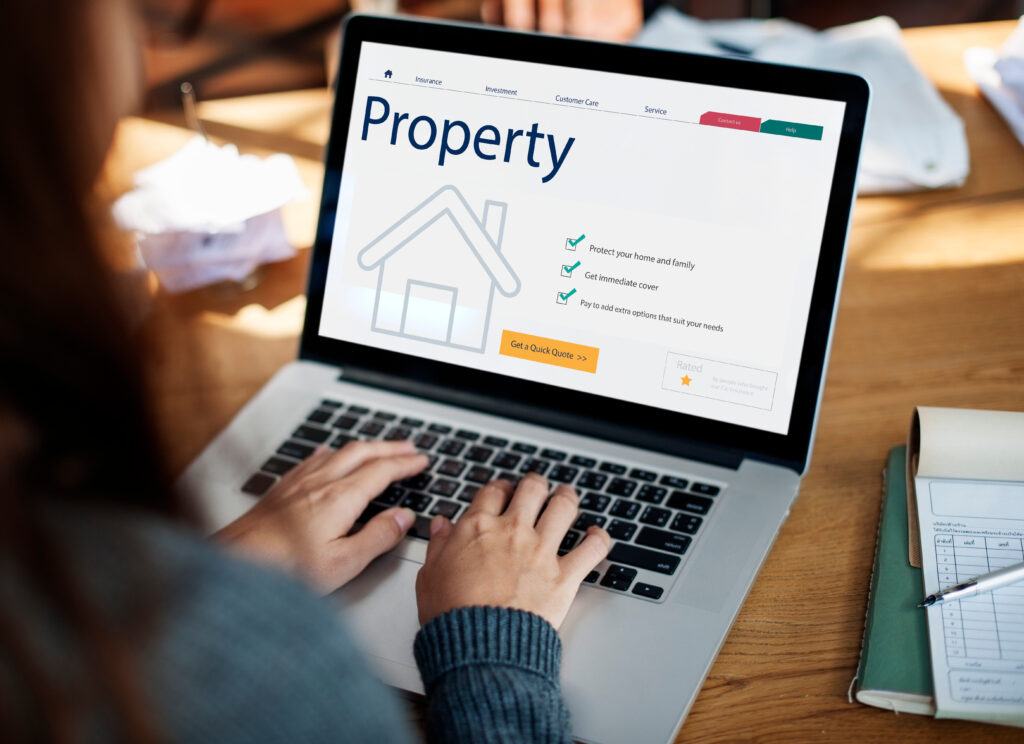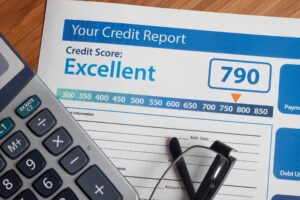**Title: The Ultimate Guide to No-Closing-Cost Refinancing: Save Money on Your Mortgage**
**Introduction**
Many homeowners underestimate the amount they need to pay in closing costs during a mortgage refinance. Are closing costs stopping you from getting a refinance? If so, a no-closing-cost refinance might be right for you. This article will explore the true cost of a no-closing-cost refinance, explain closing costs and fees, and discuss why you might choose this option for your home.
**What Is a No-Closing-Cost Refinance?**
A no-closing-cost refinance is a refinancing option where you dont have to pay closing costs when you get a new loan. However, this doesnt mean that your mortgage lender covers the bill for free. No-closing-cost refinances dont eliminate a borrowers expenses they only move them into your principal or exchange them for a higher interest rate. Even so, it is possible to refinance without paying closing costs out of pocket.
**How Do No-Closing-Cost Refinances Work?**
The simplest no-closing-cost mortgage refinance takes the amount you would have paid at closing and rolls it into your new mortgage. In other words, your lender adds the balance of your refinance closing costs to your principal, the unpaid balance of your loan. This increases your monthly payments but doesnt affect your interest rate.
Alternatively, your lender may allow you to take a higher interest rate in exchange for waiving your closing costs. Your mortgage interest rate is the percentage of the principal that you pay as the cost for borrowing money. Refinance interest rates depend on many different factors. A higher interest rate doesnt change your principal amount, but youll pay more each month in interest.
**Average Closing Costs When Refinancing a Mortgage**
Just like when you first bought your home, there are various lender costs to refinance a mortgage youll have to pay. In most cases, these closing costs and fees can end up being 3% 6% of your loan amount. Some of the closing costs you may see when you refinance include:
– **Loan Origination Fee**: Youll pay an origination fee to your lender to prepare your loan. The average origination fee is 0.5% 1% of the loan amount and covers the application fee, underwriting, and other administrative costs.
– **Appraisal Fee**: During a home appraisal, a professional assesses your propertys value. Most appraisers charge $600 $2,000 for their services.
– **Title Fee**: When you buy real estate, you receive a deed showing that the seller transferred legal ownership to you. Title insurance protects you from errors in the ownership records of your home or property.
– **VA Funding Fee**: If youre refinancing a VA loan, youll need to pay a percentage of your new loan back to the Department of Veterans Affairs (VA).
– **Mortgage Insurance**: Federal Housing Administration (FHA) loans have an upfront mortgage insurance premium (MIP) of 1.75% of the loan amount.
– **Credit Report Fee**: Lenders need to ensure that your credit score hasnt gone down since you initially bought your home. Credit report fees typically range from $25 to $50.
– **Discount Points**: Discount points are optional prepaid interest that you pay your lender in exchange for a lower interest rate. Each point costs 1% of your total loan amount.
**Other Costs Associated With the No-Closing-Cost Refinance**
You can choose between two different options with a no-closing-cost refinance: either an increased interest percentage or a higher loan balance. Not every lender offers both types of no-closing-cost refinances, so make sure your lender can offer you the option you want.
**Increased Mortgage Rates**
If your lender offers you a no-closing-cost refinance without adding funds to your principal, youll need to accept a higher interest rate. A higher interest rate doesnt change your principal loan amount, but even a small change in your interest rate can mean youll pay much more interest over time.
**Example: Refinancing With an Increased Mortgage Rate**
Say you refinance to take out a $150,000 mortgage loan at 6.5% interest over a 15-year term. Youd end up paying a grand total of $85,199 in interest over the course of your refinance with this interest rate. Assuming closing costs totaling $6,000 (4%), the amount youll pay for interest plus closing costs will be $91,199.
Now, your lender offers to waive your closing costs if you agree to take the same loan but with an interest rate of 7.1%. In this instance, the total amount youd end up paying in interest by the time you pay off your loan is $94,196. This means that youd pay nearly $3,000 more for your loan.
**Higher Loan Balance**
When you choose to roll in your closing costs, your total loan balance increases. For example, lets say that youre refinancing a $150,000 loan with $6,000 in closing costs. With closing costs rolled in, your new balance is $156,000.
**Example: Refinancing With a Higher Loan Balance**
Lets compare the difference between a $150,000 refinance and a $156,000 refinance at a 6.5% interest rate. Lets also assume that the loans term is 15 years. For the $150,000 refinance, your monthly principal and interest payment would be $1,307. With a $156,000 refinance, your monthly payment would be $1,359. Thats a difference of about $52 a month.
Because theres a higher balance, youll also pay $3,408 more in interest over the life of the loan than you would on the $150,000 loan. Before you roll in your closing costs, make sure you can cover the higher monthly payment.
**FAQs for No-Closing-Cost Refinancing**
**What are the benefits of a no-cost refinance?**
A no-closing-cost refinance can allow you to keep your refinance plans on track. If youre planning to refinance and you need money to cover a sudden bill, a no-closing-cost refinance can actually save you money. Interest rates on mortgage refinances are usually lower than home equity loans, which means that even if you take a slightly higher rate, you may end up paying less compared to another type of loan.
**When does a home refinance with no closing costs make sense?**
No-closing-cost refinances work best if you plan to stay in your home for less than 5 years. This allows you to avoid paying closing costs as a lump sum, and youll sell the home before you pay thousands more in interest over the life of the loan. The less time you plan to live in your home, the more it typically makes sense to choose a no-closing-cost refinance.
**When would a refinance without closing costs not work?**
If your current home is your forever home, youll usually end up paying much more over time with a no-closing-cost refinance than you would by paying your closing costs upfront.
**The Bottom Line**
Choosing a no-closing-cost refinance may make sense if you dont plan on staying in your home for very long. But if you plan on living in your home for a long time, you may end up paying thousands more in interest by taking a no-closing-cost loan. Whether a no-closing-cost refinance will work for you depends on your personal finances and current housing situation.
If you feel ready to refinance, no-closing-cost or otherwise, get started with O1ne Mortgage Inc. and apply online today, or give us a call at 888-372-8820.
**Keywords:** no-closing-cost refinance, mortgage refinance, refinance closing costs, no-cost refinance, mortgage interest rate, refinance mortgage, O1ne Mortgage Inc.
Inspections & Appraisals
1. Home Appraisal 2. Mortgage Process 3. Real Estate Value 4. Appraisal Cost 5. Home Inspection







